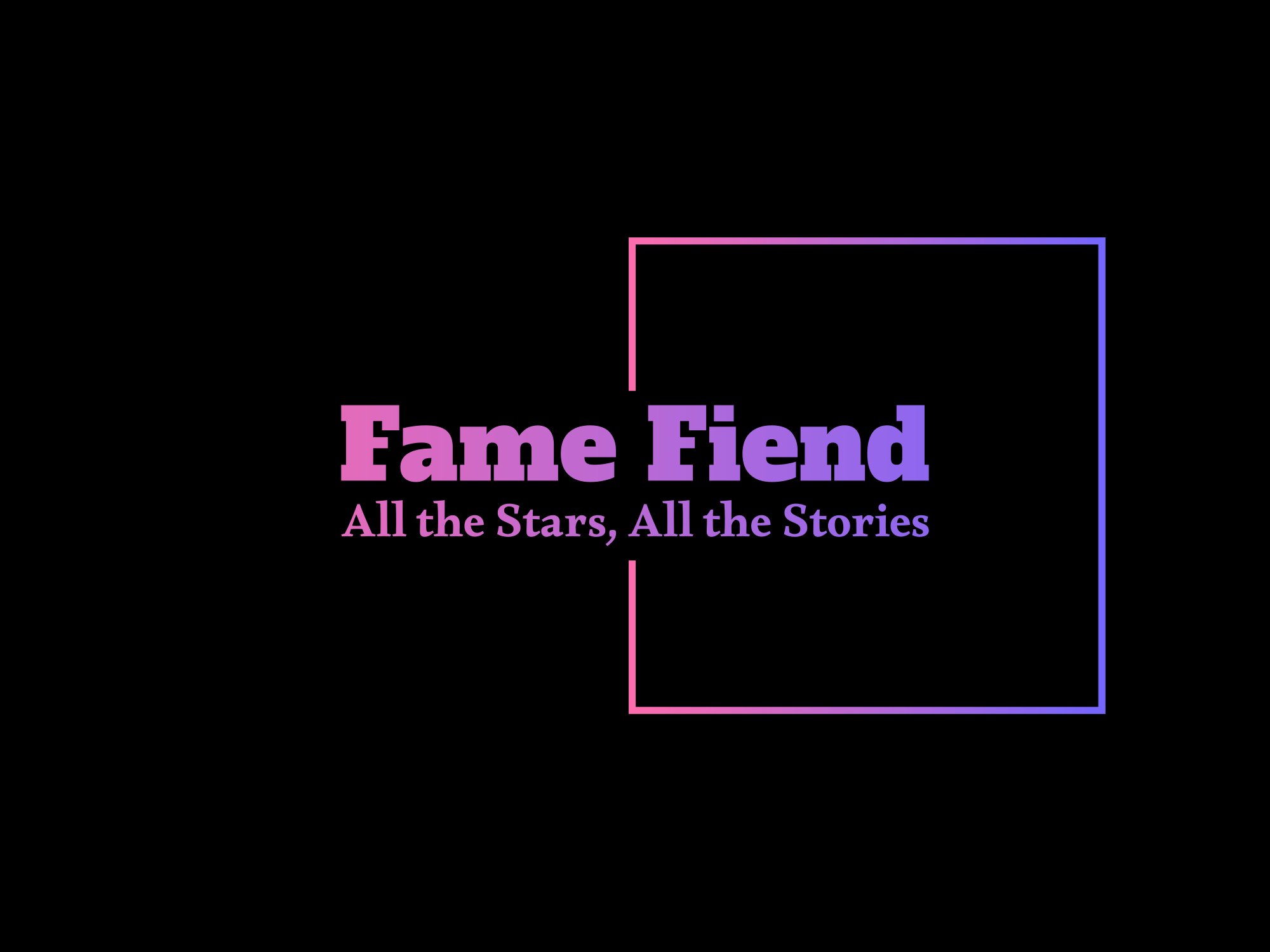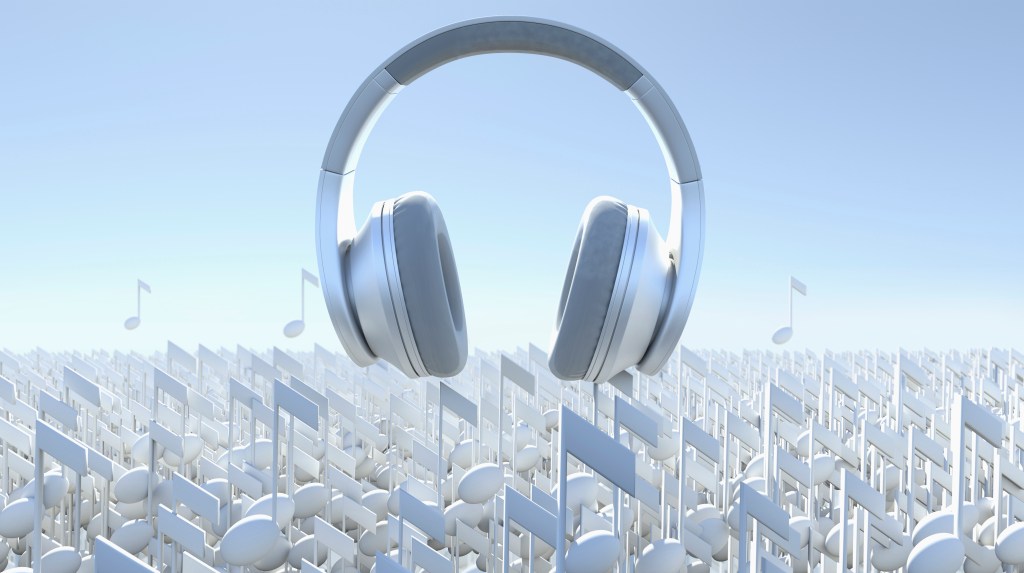This analysis is part of Billboard’s music technology newsletter Machine Learnings. Sign up for Machine Learnings, and other Billboard newsletters for free here.
Last week, I had a drink with a source who works in music marketing. They showed me their latest handiwork: a TikTok page where every post features their client’s song paired with an AI-generated video of a scenic landscape. I promised them anonymity, so I can’t share these videos, but rest assured — all of them were convincingly realistic.
My source has started paying a fan to post hundreds of these AI videos — generated in seconds using OpenAI’s video tool, Sora — to TikTok to promote their artist’s new single, with the hope that at least one of the videos will go viral. And they’re not the only ones experimenting with AI to automate digital marketing. I also recently met with RHEI, a company that claims its proprietary AI agents — AI systems that can make decisions and take actions — can generate lyric videos and populate fan pages for artists without anyone lifting a finger. Already, music companies like Symphonic, Lyrical Lemonade and MNRK use RHEI’s products. Though this technology is still in its infancy, using AI agents or video generators is clearly the super-charged next step for what’s known as “fan page marketing,” which is the promotional method du jour in 2025.
Music marketers have complained for the last few years that social media, especially TikTok, is oversaturated with content and music, and that breaking through the noise is becoming harder. Their response to this, almost universally, has been to combat the noise by turning up the metaphorical volume even louder. Nowadays, asking artists to post “did I just make the song of the summer?” videos isn’t enough. Now, marketers are promoting artists by circulating thousands of repurposed interview and livestream clips, user-generated content remixes, memes, live videos and — increasingly — AI-generated videos on “fan pages” run or paid for by the artists’ team. Typically, this is all still coupled with classic influencer campaigns where various content creators are paid to make videos to a song, often without disclosing that these are paid advertisements.
More is also more in the world of streaming. In 2018, Luminate reported that about 45,000 songs were uploaded to Spotify daily. Five years later, in 2023, Luminate said that number had grown to 120,000. In some ways, it’s a beautiful thing — it’s easier to release a song than ever before, allowing countless DIY artists chances at success they never would have had otherwise. But it’s also led to what Lucian Grainge, chairman/CEO of Universal Music Group, has called a “content oversupply,” of which he said, “AI has already been a major contributor.”
Major-label artists have some part in this too. Taking advantage of streaming’s infinite shelf, top artists have started to release longer and longer albums. Migos’ 24-track Culture II (2018), Rae Sremmurd’s 27-track SR3MM (2018) and Drake’s 25-track Scorpion (2018), are all popular, early examples of this phenomenon which is now common to see across all genres. More recently, Morgan Wallen, Zach Bryan, The Kid LAROI and Taylor Swift have all released projects that span more than 30 tracks — something which rarely happened in the days of CDs and cassettes, given those formats’ physical limitations.
Major artists are also trying to capture attention in the age of “content oversupply” by releasing alternate versions of albums and songs, and more remixes than ever. Take Republic Records signee Ariana Grande. She released 12 versions and remixes of her single “yes, and?’ last year (including sped up, slowed down, a capella, extended, and instrumental variations), five versions of “we can’t be friends (wait for your love),” five versions of “the boy is mine” and six versions of the album those songs are on, eternal sunshine.
This strategy has bled over to vinyl, too. Over the last year, Swift, for example, released 36 different vinyl editions of varying colors and contents of The Tortured Poets Department to continue to engage fans and to further its monetary (and chart) success.
In the end, for artists and their teams, there’s no strong downside to any of these marketing strategies on social media, streaming services or physical products, and thus, they’re likely to persist and keep growing. The more songs on an album, the higher the likelihood that fans will stream them — and generate the significant royalties that come with it. And if a single’s a capella version doesn’t do well, that’s not a problem: it’s virtually free to silence the instrumentals on a track and put that result on streaming services. Why not try? Even a few curiosity listens from major fans make it worth it. On social media, the main result of a big fan page and creator campaign push is the appearance of a groundswell of support for the artist. The only danger is that this appearance is a facade.
It’s true that constant promotion can wear out fans. I’ve seen it from time to time, especially with excessive vinyl variants, but really, with fans’ attention being pulled in so many directions at every moment, how many of them will notice just how big all the promotion has become? And how many of them are even aware that some of the fan pages and influencer co-signs they see are part of that campaign anyway?
Streaming services have started to take the effects of saturation seriously — Spotify is now curbing mass uploads and SoundCloud is de-monetizing AI tracks — but that’s not enough to stop the flood, especially not as AI music and content creation surges. Deezer reported last week that 18% of its daily uploaded songs are now fully AI-generated, nearly double the count it reported in January. Sora, meanwhile, became so popular after its release in December that, a few days later, it had to pause users’ ability to make new accounts, citing extremely high demand.
Surely, there’s some limit to how hard the music business can push these pro-saturation tactics. But I also believe this might just be the new state of the internet, where the rise of AI tools are making it easier to flood online platforms with various forms of content. Will the “dead internet theory” — the idea that there’s so much AI slop and even human-made saturation that nothing can be found or trusted — come to pass, or will music marketers continue to break through the exponentially growing noise by fighting back with even more noise?

